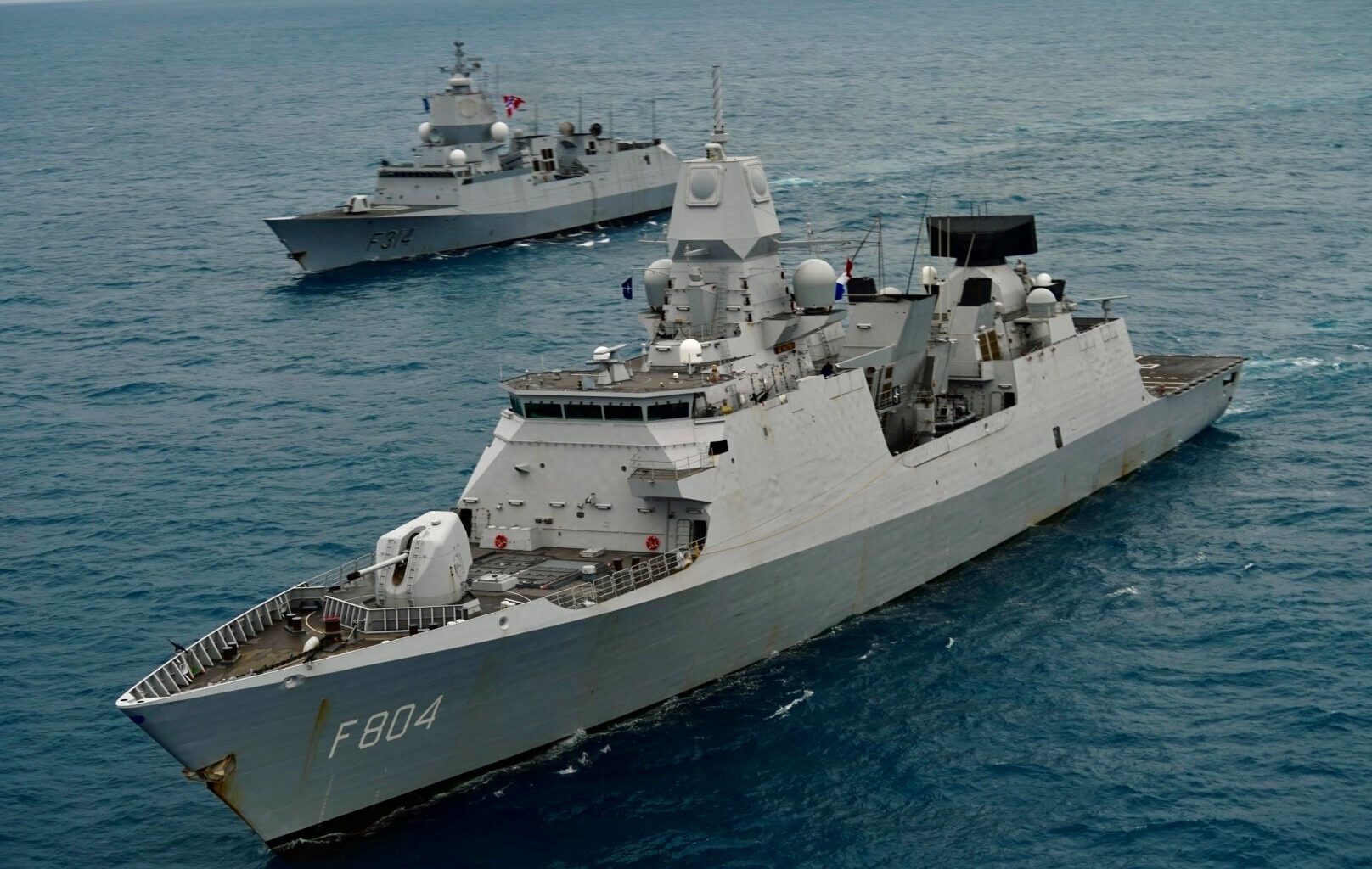Specifically, these are ships and aircraft of the Standing NATO Maritime Group 1 (SNMG1), which is currently under the command of Dutch Commodore Arjen Warnaar. With the “Zr.Ms. De Ruyter” ( -> Sharp exercise for the “Zr.Ms. De Ruyter” ) as the flagship and Dutch personnel in the management structure, the commitment of the Royal Navy is particularly visible.
Part of SNMG1 is also the frigate “Bartolomeu Dias” of the Portuguese Navywhich Military News discovered a few days ago in the port of Bodø.
Magni-X – das neue fliegende Auge des Bundesheeres
Warnaar emphasizes the importance of the deployment: “Our operations in the Arctic and High North reflect the Alliance’s continued commitment to peace, stability and freedom of navigation. Operations in this region require resilience, adaptability and close cooperation – capabilities that NATO units demonstrate on a daily basis.”
Permanent NATO maritime presence
SNMG1 is one of NATO’s four permanent maritime task forces. It conducts regular patrols and integrated naval operations and serves as a visible deterrent against potentially destabilizing actors. The deployment in the Arctic Ocean reflects the international community’s increasing strategic interest in the Arctic.
The aim is to keep this geopolitically important region safe, accessible and peaceful. At the same time, the Alliance is strengthening its maritime situational awareness in order to better understand the environment and increase operational readiness in the event of a crisis.
Protection of the northern flank
The defense of NATO territory does not end at the eastern land borders. The northern flank in particular remains vulnerable by sea – a possible access corridor for threats from the far north. Through a robust presence and joint operations, the Alliance underlines that this axis is also consistently protected – as part of a credible and holistic defense of Europe.
Here for more news about the Dutch armed forces and here for more news about NATO.

